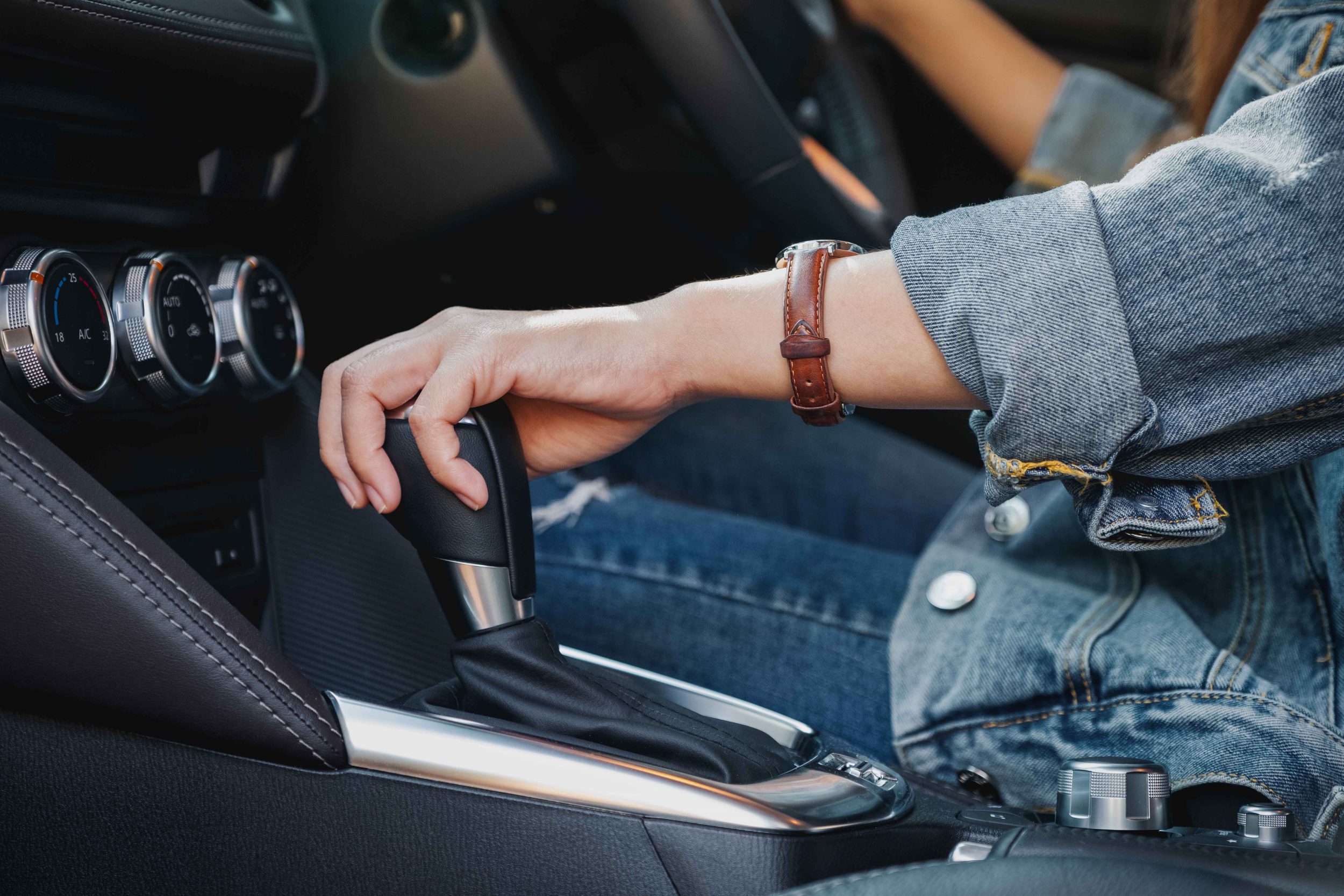If you’re a young driver in the UK and you are either learning to drive or have already passed your test, the expenses associated with running a car may seem daunting to you. You’re going to be looking for ideas on how to save money when buying your first car and ways to keep your insurance premiums to a minimum.
How to save money on a car
You’re thinking of buying a car. Should you buy new or used? Electric, hybrid or petrol? There are all sorts of factors that go into the price tag on a car, so let’s break down a few of them.
Should you buy a new or used car?
If you’re in the fortunate position of being able to afford a brand-new car, ask yourself if you really need one.
According to the Money Saving Expert, a new car loses almost half its value in its first three years, and in some cases, the depreciation rate is even faster than this.
What’s more, if you make some minor mistakes in the first year or two of driving, you’re probably going to feel much less anxious about scraping a second-hand car than one that you bought brand-new.
And if you’re buying a used car, there are also some things for which you should look out. Check that the car has an average mileage of 12,000 per year or less as well as a good MOT and servicing history.
Consider fuel efficiency
If it’s important to you to reduce the cost of running a car, check the fuel efficiency of the models that you’re considering before you go to test-drive them. By selecting one that’s high in fuel efficiency, you can make sure that you purchase a first car that’s going to cost you less in road tax.
Some petrol models cost only £20 per year to tax and electric cars are not taxed at all (although they are typically more expensive to buy).
Buy from dealers at the right time
A little-known fact among young car drivers buying from a dealer is that there are certain times of year at which you might be more likely to secure a good deal.
Dealers’ targets are usually based on quarterly sales, so the months when it’s most ideal to buy a car are March, June, September and December, because this is when they’re most keen to shift stock.
Haggle competently
And while we’re on the subject of car dealers, don’t be afraid to haggle your way down to a price that you’d be happy to pay.
Haggling is simply part of the process and is expected so, if you know what you’re doing, you can walk away with a bargain. If you say that you’ll walk away and think about it later, dealers will typically try very hard to bring the price down enough to make you take the car home on the day.
Haggle in a friendly, even humorous way, but stay firm about what your pricing goalposts are.
Dealers are likely to start throwing things in for free to tempt you into the deal, so you can negotiate these to ensure that the free add-ons are things that you really need. A free MOT, for example, could go a long way, particularly on an older car that’s more likely to need some repairs.
How to save money on car insurance
Once you take that car home, the next thing for which you’re going to need to fork out is, of course, the car insurance. But don’t worry; there are measures that you can take to reduce costs on this, too.
Consider the car model before you buy
Insurance should be something about which you’re thinking before you even purchase your car.
Car models are categorised into different insurance groups, on a scale of 1-100, based on the risk that the insurance companies associate with that model. The lower the group number of the model, the cheaper that you can expect the premium to be (although this is not the only factor considered when calculating your premium).
So before you go to test-drive cars, check the insurance group into which the models that you are considering fall into.
Save with a smaller engine
Insurance companies take into account the size of the engine on the car; having a smaller engine is more likely to put a car into a lower insurance group and, therefore, to get you a lower premium.
Do note, though, that turbo-charged 1.0L engines are an exception to the rule because they are particularly high in power.
Get telematics insurance
There are a lot of black-box insurance policies on the market and these can be really beneficial to young car drivers who are just getting started.
These policies are often cheaper for their first year and, if you drive carefully, you can be rewarded with lower premiums in the subsequent years as well.
The insurance company uses your black box to monitor your speed, braking, acceleration, cornering and the time of night at which you drive.
Never let your insurance auto-renew
While it might appear simpler to let your insurance auto-renew after one year is up, more often than not, the premium on this will increase, sometimes very heavily.
You should be informed by your insurance company as the time for auto-renewal gets closer regarding how much they plan to charge you next year, and this is the stage at which you can either cancel or try to haggle with them for a better price.
The ideal time to switch to a new car insurance provider is 15 to 29 days before your old policy is set to end, . If you leave it until the last minute, you can expect insurers to charge you more, particularly in those last three days.
Get temporary insurance from Dayinsure
There are times as a new driver when you might just need temporary insurance. If you’re test-driving a car from a private seller or bridging a gap between the start of a new long-term car insurance policy, we can help you.
Temporary car insurance from Dayinsure can start in as little as 15 minutes when you fill in our quick online form. So what are you waiting for? Get a quote from us today.



